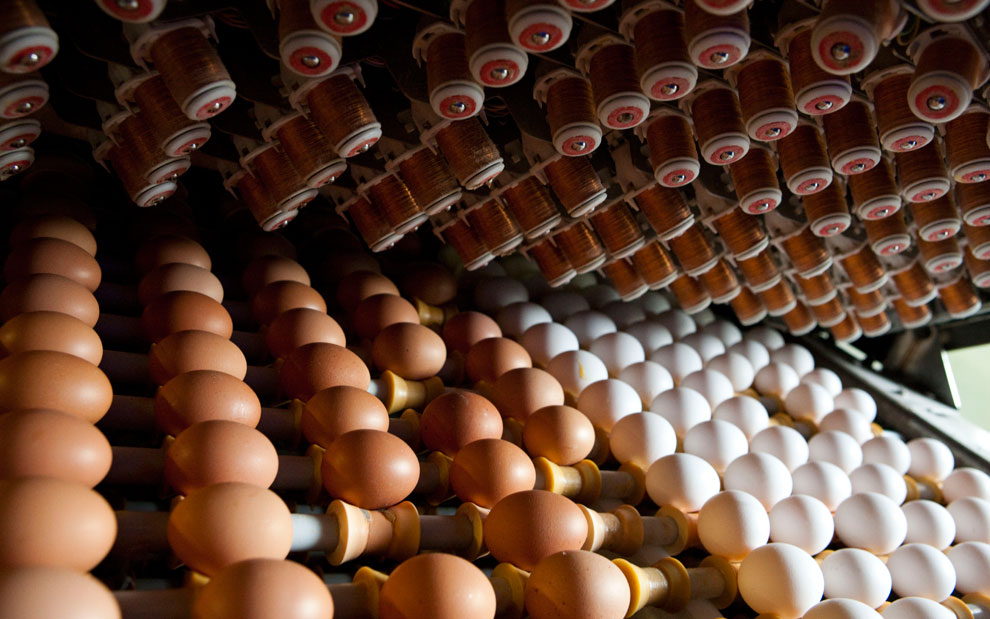Granja Agas and VISAVET begin studies for the implementation of HACCP in primary production of laying Hens
The work is carried out within a multidisciplinary approach funded by the Ministry of Agriculture, Food and Environment, to improve the economic performance of laying Hens farms, and with the participation of the Complutense University of Madrid, the Autonomous University of Barcelona, Industrias Avícolas Herpoga S.L. and Granja Agas, S.A
September 10th, 2015

Although the egg-producing poultry sector in Spain is at the level of the most advanced countries and egg-producing farms have been pioneers in implementing EU policy for animal welfare and for the monitoring and control of Salmonella and other agents specific of zoonotic foodbornes, there are serious problems in this sector which require a multidisciplinary and innovative approach to its resolution.
The purpose of this project is the search for solutions to the main problems of the egg-producing poultry sector, through the implementation of multidisciplinary strategies and innovation. We intend improve the economic performance of farms, enruring the animal welfare and the quality and safety of their products. Two strategies are included: (i) design, development and implementation of a system based on Hazard Analysis and Critical Control Points (HACCP) to primary production level in the companies included in the project and (ii) studies to increase the therapeutic arsenal in egg-producing poultry.
Anticipating to the future legal standard by the European Union for the implementation of HACCP system in the primary sector, the aim of the first strategy includes the design, development and implementation of a system of this type of egg-producing poultry, with advantages in terms of food safety, which will help to focus (through the hazard analysis and determination of critical control points) the control measures evaluated (through continued study of prevalence), with which it is intended to reduce the presence of zoonosis transmitters in the company (in each one of the production cycle stages).
Moreover, considering the urgent need of egg-producing farms to have enough therapeutic armamentarium to fight against major diseases that affecting these animals without risk of residues depletion in eggs. The aim of the second strategy is boost the authorization and placing on the market new products specifically for this kind of livestock production (in particular, an antimicrobial such as neomycin and as a coccidiostat such as diclazuril) in order to reduce operating costs, ensure the animal welfare and increase productivity and economic viability of this kind of production.
These two project strategies are designed to produce a significant improvement in animal welfare and the products quality and safety, which will make these companies differ from other companies in the sector with the consequent socio-economic benefit.
VISAVET Health Surveillance Centre
Complutense University
